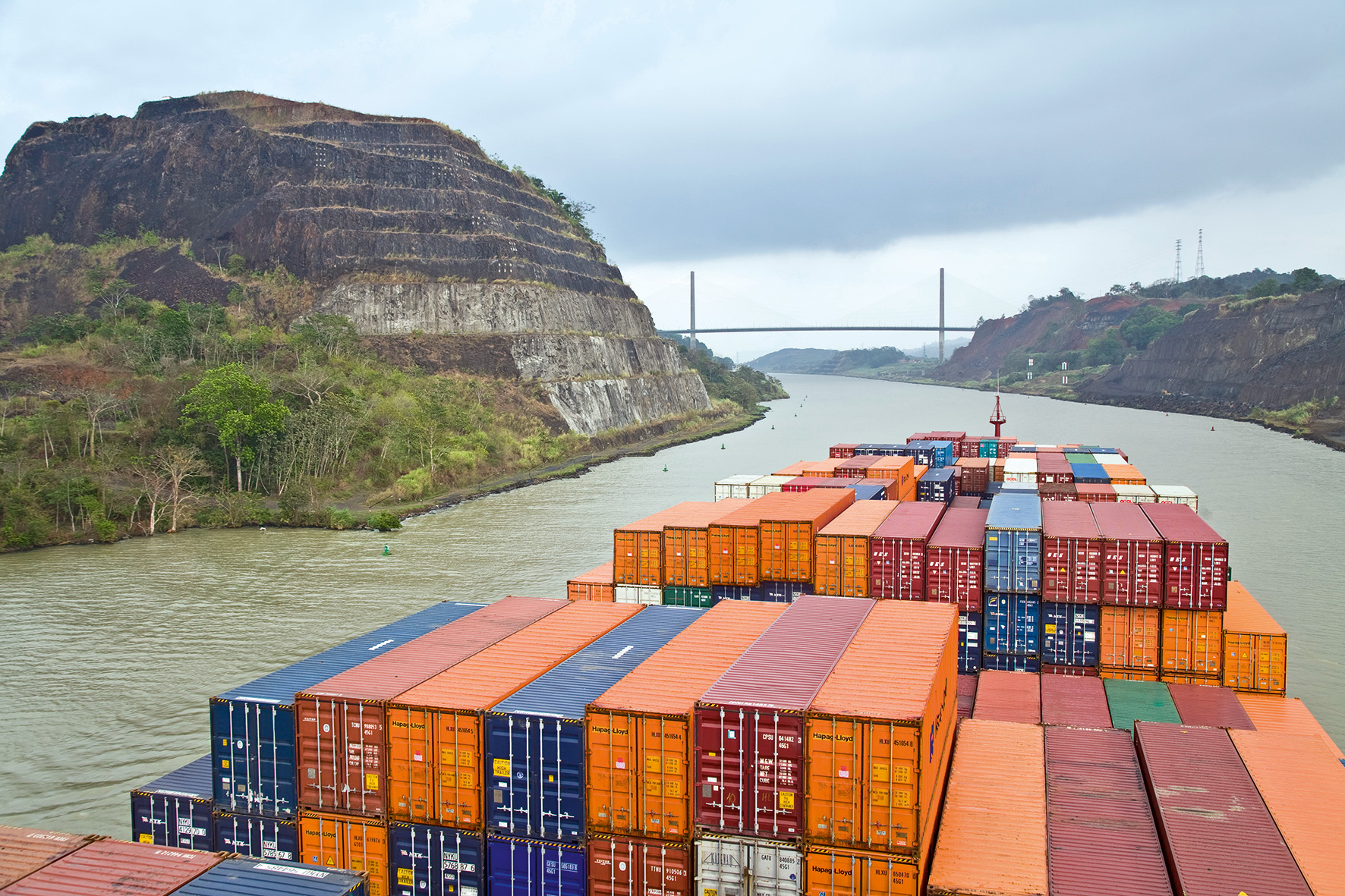Hapag-Lloyd establishes Marine Fuel Recovery (MFR) mechanism
Environmental regulation and costs from low-sulfur fuel represent a major challenge // New MFR allows causal, transparent and easy-to-understand calculation of fuel oil costs
Hapag-Lloyd establishes Marine Fuel Recovery (MFR) mechanism: With a stricter International Maritime Organization emissions regulation (IMO 2020) coming into force as of January 1, 2020, the new sulfur cap for compliant fuel oil will be lowered from 3.5% to 0.5%. This new regulation will significantly improve the ecological footprint of the shipping industry, and the majority of the vessels are expected to be operated with low-sulfur fuel oil by then. Using low-sulfur fuel oil will be the key solution for the shipping industry and Hapag-Lloyd to remain compliant. Furthermore, it is the most environmentally friendly solution in the short term.
At the same time, the utilization of the compliant low-sulfur fuel oil comes along with an increase in fuel costs, which experts estimate to initially amount to 60 billion US dollars annually for the entire shipping industry. On the assumption that the spread between high-sulphur fuel oil (HSFO) and low-sulfur fuel oil (LSFO 0.5%) will be 250 US dollars per tonne by 2020, Hapag-Lloyd estimates its additional costs being around 1 billion US dollars in the first years Therefore, a Marine Fuel Recovery mechanism was developed, which will be gradually implemented from January 1, 2019 and replace all existing fuel-related charges.
It takes into account various parameters, such as the vessel consumption per day, fuel type & price (specific for HSFO, LSFO 0.5% and LSFO 0.1%), sea and port days, and carried TEU. These parameters derive from a typical representative service in the market on a specific trade. The MFR also takes price fluctuations better into account, as it comes along with an improved coverage of upward and downward developments of market price changes for fuel oil. Overall, it aims for transparent calculation of costs.
Furthermore, Hapag-Lloyd is thoroughly analysing other technological options for the reduction of emissions that might be able to cover a small share of a fleet. This is why trials with a LNG conversion of one ship as well as Exhaust Gas Cleaning Systems (EGCS) on two others will be conducted in the year 2019.
MFR samples for standard dry containers at different fuel prices for selected trades

